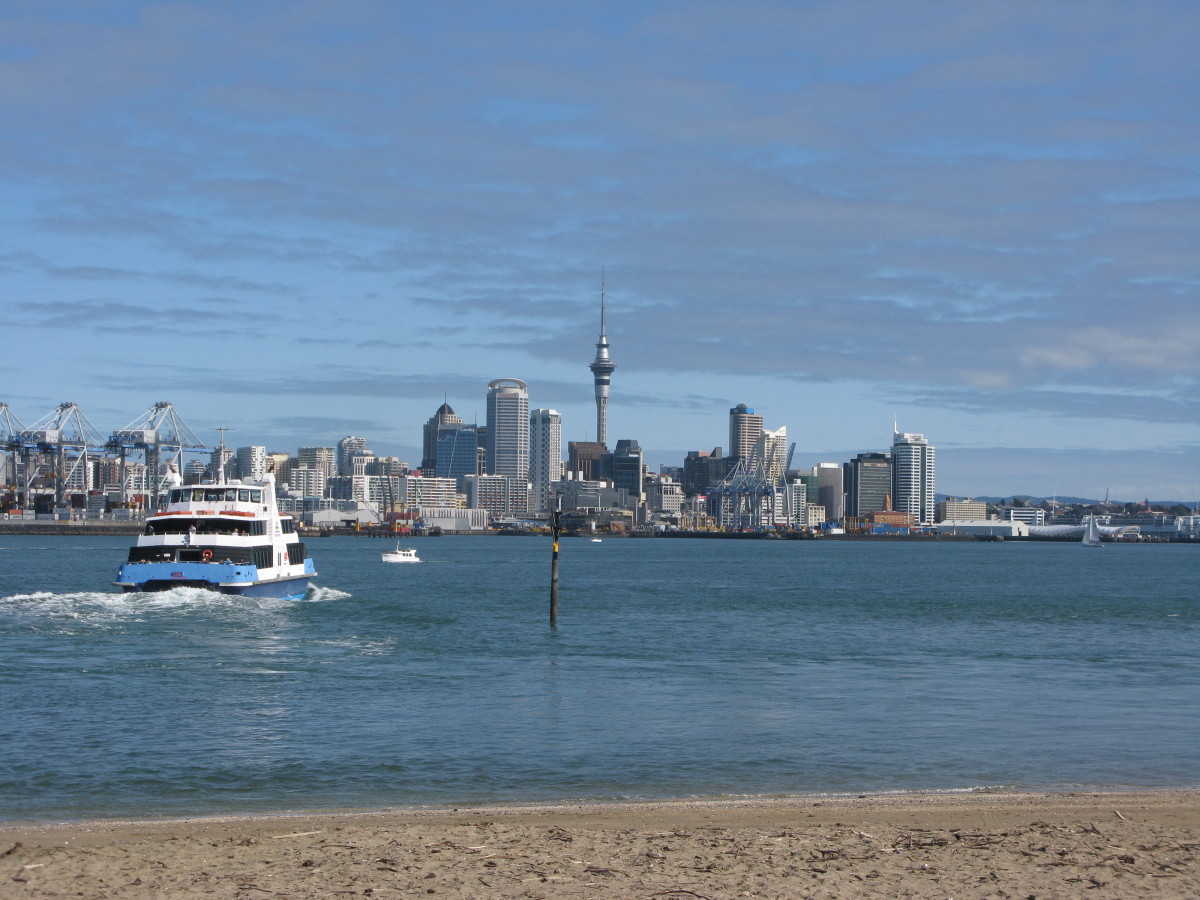Dearth of apartments drives low consent numbers
04 Jan 2018, Industry Updates

The number of new dwellings consented in October fell a seasonally adjusted* 9.6% as the number of apartments consented plummeted
A total of 2,549 new dwellings were consented in October, including a total of 1,806 houses and 78 apartments – 151 fewer than were consented in the same month last year.
“Apartments tend to be really volatile from month to month and this figure is the lowest number we have seen since April 2016, although we know there are more apartments in the pipeline,” said Construction Statistics Manager Melissa McKenzie. “We don’t include apartments in the consent statistics until the final stages of work are consented, when we get the highest value for the project.”
In the past 12 months, a total of 3,230 apartments have been consented – with more than 75% of those in Auckland. Consent stats count the number of individual apartments consented, as opposed to the number of buildings.
In the regions
In October 2017 compared to October 2016, nine out of the 16 regions consented fewer new dwellings. The drop was led by Wellington (down 141 to 162; -47%), Bay of Plenty (down 56 to 177; -24%) and Northland (down 29 to 84; -26%). The other regions to record a decrease were Hawke’s Bay, Nelson, Southland, Taranaki, Tasman and West Coast.
Auckland (up 152 to 944; +19%), Canterbury (up 34 to 421; +9%) and Otago (up 25 to 186; +16%) recorded the biggest increase in new dwellings consented from month-to-month. Gisborne and Marlborough were the other two regions to record an increase.
Manawatu-Wanganui and Waikato recorded no change.
Non-residential construction lifts
In the year ended October 2017, non-residential building consents totaled $6.5bn – up 6.1% from the October 2016 year.
- Auckland – $2.5bn (up 15% from the October 2016 year).
- Canterbury – $1.4bn (down 14%, as Canterbury falls away from post-quake rebuild highs).
- Wellington – $549m (down 1.9%).
- Waikato – $468m (up 23%, mainly due to rises in factories, storage, offices, and hospitals).
Demand for new homes remains high
Figures recently released by the new government show that the country is experiencing a significant housing shortfall as demand continues to outstrip supply. Nationally, 71,194 homes are required to close the gap.
In comparison, a total of 30,066 new dwellings were consented in 2016, which is 9,700 fewer than was recorded in 1973 – the highest annual number recorded in the past 51 years.
Across the country, the biggest shortfalls were in Auckland (-44,738), greater Wellington (-9,312) and greater Hamilton (-5,908).
*Seasonal adjustments removes the estimated effect of regular seasonal events, such as summer holidays and pre-Christmas purchasing, from statistical series to make figures for adjacent periods more comparable.
Register to earn LBP Points Sign in



